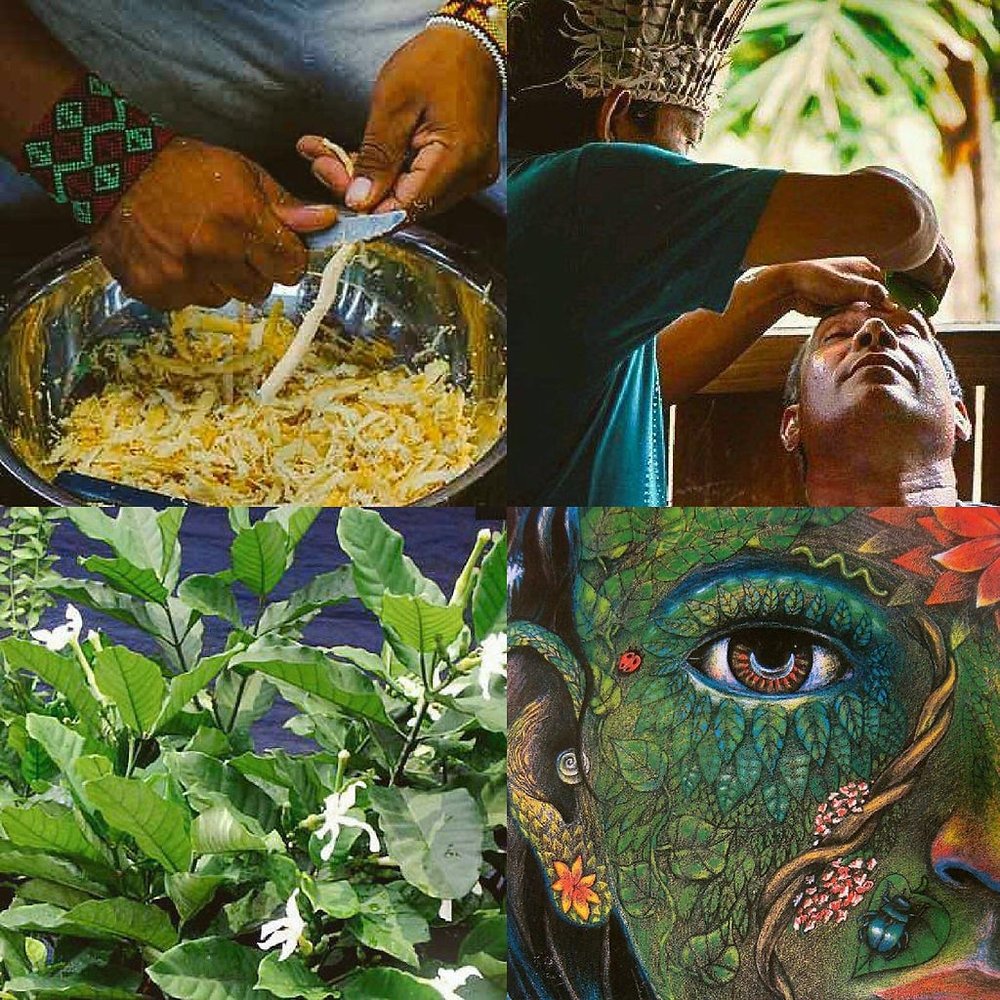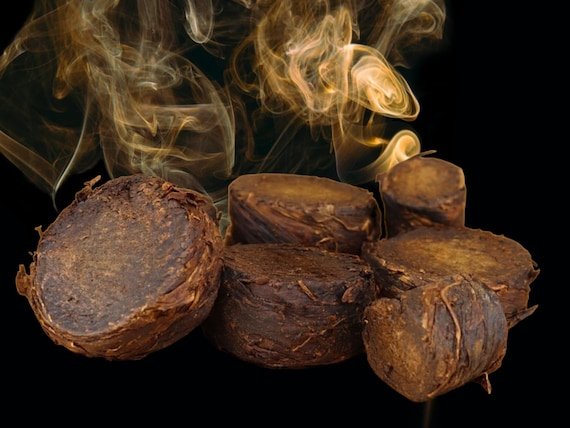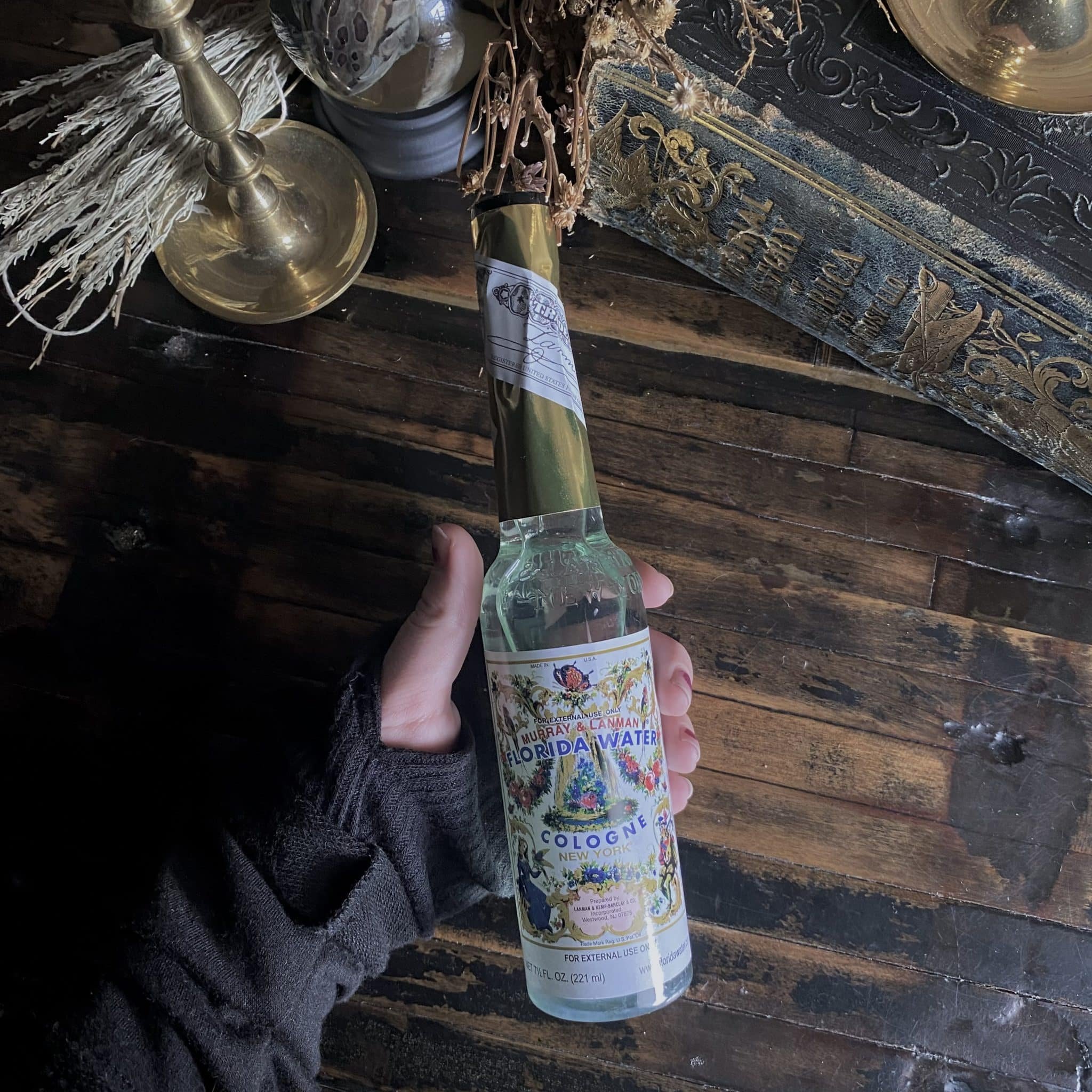
Earth medicine, with its natural remedies and ancient wisdom, holds the power to harmonize mind, body, and spirit. The embrace of the earth's healing touch, through herbs, plants, and the soothing elements of nature, can restore balance and vitality to our physical and emotional selves. Returning to the earth is, in essence, a return to our primal connection, where the rhythms of nature resonate with the deepest parts of our being, allowing us to rediscover our true essence and find solace in the home that resides within our own hearts.
Kambo Medicine
Kambo, a sacred substance with deep-rooted origins in Amazonian shamanic traditions, boasts a history woven with mysticism and reverence. For centuries, indigenous tribes along the banks of the Amazon River have regarded Kambo as a potent tool for spiritual awakening and physical healing. Legend shares that In ancient times, the tribe was suffering from a mysterious illness. No shaman or medicine man was able to find a cure or even figure out what was causing this malaise. The tribe was getting desperate. One of their great shamans, named Kampu, decided to go deep into the forest and meditate, seeking guidance from the spirits.
During his deep meditative state, Kampu was visited by a spirit, who introduced him to the frog and its powerful secretion. The spirit taught him how to safely collect the secretion and administer it to the members of the tribe. Kampu returned to the tribe with this newfound knowledge and began to treat the ailing members with the Kambo. The people began to recover, and the tribe was saved from the illness.
Kampu passed away after many years, but his spirit lived on in the frog. The Huni Kuin people believe that the spirit of Kampu is present in the Kambo, guiding and protecting those who use it. This mystical origin story has etched Kambo into the tapestry of Amazonian shamanism, where it is considered a conduit to the spirit world, a gift from the jungle itself.
The benefits of Kambo are manifold, transcending the realms of the physical and the metaphysical. Traditionally administered through small burns on the skin, followed by the application of Kambo's secretions, this powerful medicine is believed to cleanse impurities, both physical and energetic, from the body. Its cleansing properties are said to enhance cellular function, enhance all organs functions, bolster the immune system, and alleviate a range of ailments, from chronic pain, to severe illness and disease, to healing of emotional trauma. Beyond its physical healing potential, Kambo is venerated for its spiritual magic, often facilitating profound introspection and heightened states of consciousness. The frog's essence is seen as a guiding force, bestowing clarity, resilience, and a deeper connection to the natural world. While the ritualistic application of Kambo may vary among indigenous tribes, its enduring significance endures as a testament to the intricate interplay between nature, spirituality, and the human experience.
Rapé / Hapé
Rapé (pronounced ra-pay or ha-pay) is a sacred shamanic snuff that has been used by tribes of the Amazon basin for hundreds maybe thousands of years and is an essential part of their tribal culture and history. The use of rapé by indigenous tribes in South America, such as the Huni Kuin, Nu-nu, Yawanawa, and Katukina, is profoundly entrenched in their culture, and has been employed at least since the Mayan civilization for ritual, medicinal and recreational purposes.
Rapé is not sniffed, snorted or inhaled. It is blown into the nostrils with a special blowpipe called a "Kuripe" (self administration) or "Tepi" (another person administers).
There are many different types of rapé prepared by different tribes. The appearance is a fine powder that may be different in color depending on the blend. It is traditionally prepared by ceremonial pounding of wild tobacco with tree ashes, followed by patiently filtering it through a fine mesh. Tobacco is used as a base for most blends of rapé, while Coca leaves are another variation that are used without Tobacco. There are many different blends composed of specific leaves, tree barks and aromatic or medicinal plants.
South American shamans use tobacco as a sacred, wholesome medicine and there exists a very close connection between tobacco use and shamanism that has little in common with our western way of tobacco use. Indigenous tribes use tobacco in ceremonies, to predict good weather, fishing, or harvest, and for spiritual (e.g. vision quest, trance, etc.) and curing / grounding / healing purposes, but rarely for smoking.
The blow for many people will focus the mind, stop the mental chattering, and in a way, create almost a short cut to meditation. Many tribal cultures believe rapé is a tool used in releasing emotional, physical, and spiritual illnesses that eases negativity and confusion, enabling a thorough grounding of the mind and body. Rapé also stimulates the mind with its nicotinic content that in turn releases an epinephrine, acetylcholine, and dopamine, supporting an increased focus, presence, and intuition.
Sananga
Sananga, also known as Becchete (a Matis and Matsés word for a medicinal plant) are very powerful eye drops extracted from the shrub Tabernaemontana undulate. The sananga used most popularly today is prepared in the tradition of the Matses tribe.
When sananga is applied directly to the eyes, it is said by the tribes to have the effect of giving the environment greater texture and dimension, making it easier to spot animals during hunting. The effects can last up to several days and weeks. Along with enhanced vision, sananga has been known to increase energy and even provide pain relief. Sananga's ability to improve vision is its most well-known attribute. Sananga has a powerful way, like Rapé, to Ground, Clear and Cleanse the Energetic Field, gaining more clarity, focus and presence, and aligning the spirit on a molecular and cellular level.
Sananga eye drops can be challenging from creating a powerful burning sensation in the eyes. Along with medicinal qualities, Sananga also serves psychological benefit. The initial 1-2 minutes after application can be very challenging. However, after this time, if one can relax and breathe into the process, a "flip" will happen. The participant will fall into a very relaxed and deep meditative state. They may become very calm and still, releasing all anxiety and worries. After approximately 5-15 minutes the participant is able to open their eyes again and is typically left feeling energetic.
There is not a large body of existing scientific research on sananga, but the data we do have indicates that these eye drops may be capable of treating ocular diseases like glaucoma, astigmatism, and blindness. Sananga has been shown to be anti-inflammatory and effective in treating skin infections due to its antimicrobial properties. Research into other plants in the Tabernaemontana genus found that they have antifungal and antioxidant properties, which can play a role in preventing cataracts and macular degeneration.
Cacao
Cacao has a rich history of ceremonial and ritualistic use that dates back thousands of years to ancient Mesoamerican cultures, particularly the Mayans and Aztecs. These cultures revered cacao as a sacred plant with profound spiritual and energetic qualities.
For the Mayans, cacao was associated with the gods and was considered a bridge between the earthly and divine realms. It was often used in rituals, marriage ceremonies, and other important events. It okay was used to induce altered states of consciousness and facilitate communication with spirits and ancestors. This beverage was believed to open the heart and promote a deep sense of connection within the community.
Cacao has been revered for its potential physical, emotional, and spiritual benefits. Physically, cacao contains compounds like theobromine and flavonoids that can have positive effects on cardiovascular health. The theobromine acts as a mild stimulant that can enhance blood flow and dilate blood vessels, supporting heart health. Flavonoids, on the other hand, possess antioxidant properties that can reduce oxidative stress and inflammation, further contributing to heart well-being.
Energetically and spiritually, cacao has a long history of use in ceremonies by various indigenous cultures. It's believed to open the heart chakra and create a sense of emotional connectivity. The energy of cacao is often described as gentle yet profound, helping individuals deepen their spiritual connection and self-awareness. In ceremony settings, cacao can be consumed mindfully, allowing individuals to access their inner emotions and insights more readily.
In the realm of ceremonies, cacao can foster emotional healing and release. Its active compounds can induce feelings of warmth and euphoria, encouraging a safe space for emotional exploration. This emotional release can be cathartic, leading to a sense of inner peace and clarity. The spiritual undertone of cacao lies in its ability to facilitate a stronger connection to one's intuition and inner wisdom, making it a popular tool for meditation and introspection.
Cacao is often associated with love, fertility, and abundance. Its use in rituals and ceremonies is believed to invoke these energies, helping individuals manifest positive intentions and desires. Its natural richness and vibrant taste are seen as a gift from the Earth, symbolizing the nurturing and supportive energies that the plant world offers.
Plant Baths
Shamanic plant baths, also known as "limpias" or "banhos" in various indigenous traditions, are a sacred and transformative practice that cleanse and purify the energy body, preparing individuals for spiritual ceremonies or as a form of energetic healing. These baths are an integral part of many shamanic rituals, and they involve the use of specific plant-infused water to wash away negative energies and promote spiritual balance.
The process of making a shamanic plant bath typically begins with the collection of specific plants, herbs, and flowers chosen for their cleansing and purifying properties. These may include plants like rosemary, mint, lavender, or various jungle herbs, depending on the tradition. The collected plant material is then often steeped in water hot water over a fire, to infuse the liquid with the plants' energetic qualities.
The individual receiving the bath will typically sit or stand in a designated sacred space, often outdoors or in a special ceremonial area. The facilitator or individual will gently pour the infused plant water over one’s head and body while using their intentions and prayers to channel the healing energy of the plants. The act of pouring the water is sometimes accompanied by rhythmic chanting or singing, adding to the spiritual and sensory experience.
As the plant-infused water cascades over the individual, it is believed to remove stagnant or negative energy, cleanse the aura, and restore harmony to the energy body. This cleansing process is thought to prepare the person for deeper spiritual work, enhance their connection with the spirit world, and create a sense of clarity and inner balance.
The experience of a shamanic plant bath is often described as both invigorating and deeply soothing. The aroma of the infused plants can be incredibly aromatic, filling the air with a fragrant and calming scent. The sensation of the water flowing over the body can evoke feelings of purification and renewal, leaving the recipient feeling refreshed, lighter, and energetically cleansed. Many who undergo these baths report a profound sense of well-being, inner peace, and heightened spiritual awareness, making shamanic plant baths a cherished and transformative element of shamanic traditions around the world.
Mapacho
Mapacho, also known as Nicotiana rustica, is a type of wild tobacco plant native to the Americas. It has a long history of traditional use in shamanic and ceremonial practices, particularly in regions where indigenous cultures have been practicing plant medicine for generations. Mapacho is often used in conjunction with ceremonies and other shamanic rituals.
Mapacho has deep roots in the history of indigenous cultures in the Americas. Archaeological evidence indicates that tobacco use, including mapacho, dates back at least to 2000 BCE. For these cultures, mapacho was considered a sacred plant with profound spiritual and healing properties, and its use was deeply intertwined with their belief systems and traditions.
Mapacho is believed to possess cleansing and protective properties. Shamans and participants often use Mapacho smoke as a way to clear negative energies, purify the space, and create a sacred atmosphere before and during ceremonies. The smoke is often blown over individuals or objects to remove energetic blockages and promote a sense of grounding.
Many indigenous cultures consider Mapacho smoke to be a medium through which communication with spirits and the spirit world can be established. Shamans might use Mapacho smoke to invoke guidance, wisdom, and protection from the spiritual realm. Grounding and Focus: Mapacho smoke is thought to help individuals achieve a state of focus, presence, and grounding. This is particularly valuable in medicine ceremonies, where participants seek to connect with their inner selves and gain insights from the plant medicine.
Beyond its spiritual uses, mapacho also possesses medicinal qualities. Indigenous healers have traditionally used it to treat a range of ailments, including respiratory conditions and digestive issues. Some communities use mapacho for its pain-relieving effects or as an insect repellent. These medicinal applications reflect the plant's versatility in indigenous healing practices.
After a ceremony, the use of Mapacho smoke can assist with the integration of the experiences and insights gained during the journey. It can help individuals process emotions, thoughts, and revelations more effectively.
Agua De Florída
Agua de Florida is a versatile and revered tool in shamanic and spiritual practices. Its uses range from cleansing and purification to aromatherapy and spiritual connection. Its unique fragrance and energetic properties contribute to its enduring popularity among those seeking spiritual and energetic balance.
Agua de Florida has a distinctive and complex fragrance, featuring notes of citrus, floral, and herbal elements. It is often described as both refreshing and invigorating, making it a popular choice for personal use as a cologne or body splash.
This fragrant water serves several purposes: first, it excels at cleansing and purifying, adept at dispelling stagnant or negative energies in both physical spaces and energy fields. Second, its aromatic qualities make it a favored personal fragrance and an uplifting aromatherapy agent.
Shamanic practitioners prize Agua de Florida for its pivotal role in facilitating communication with the spirit realm and its protective attributes. For shamans, it is an essential tool for purifying themselves, their instruments, and ceremonial spaces prior to rituals.
This ritualistic water is thought to establish a clear and harmonious link with the spiritual plane, enhancing the shaman's capacity to receive guidance and insights during their work.
The energetic advantages of Agua de Florida are closely linked to its purifying and balancing characteristics, cleansing away dense or negative energies to foster a harmonized and sacred environment. Its distinctive fragrance, featuring citrus, floral, and herbal notes, contributes to its popularity as a cologne or body splash while simultaneously uplifting the spirit and promoting a sense of clarity and well-being.




















